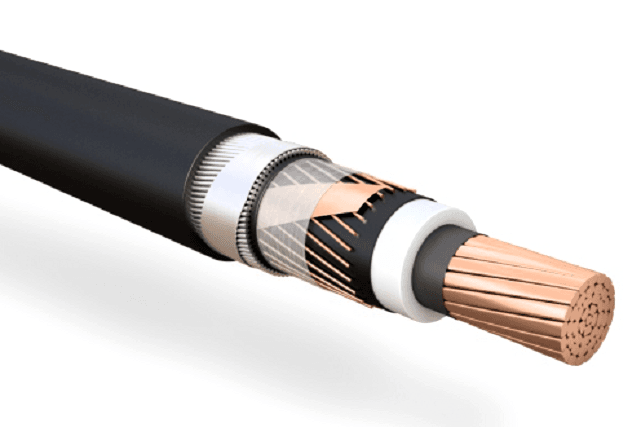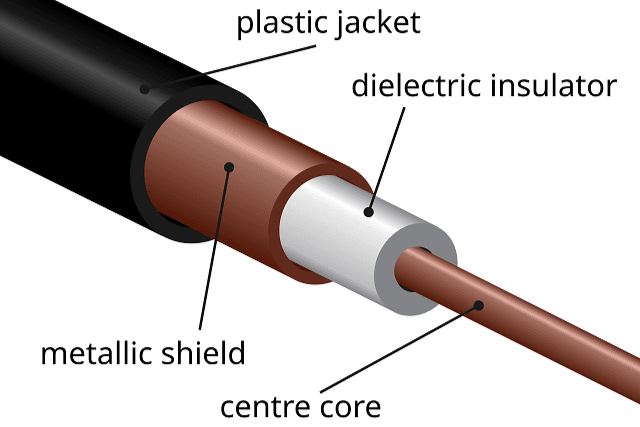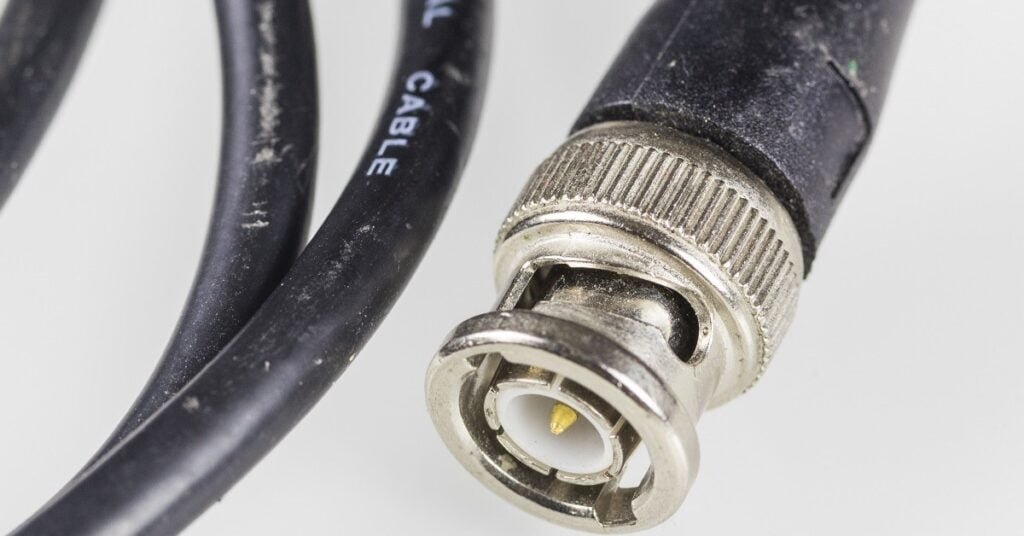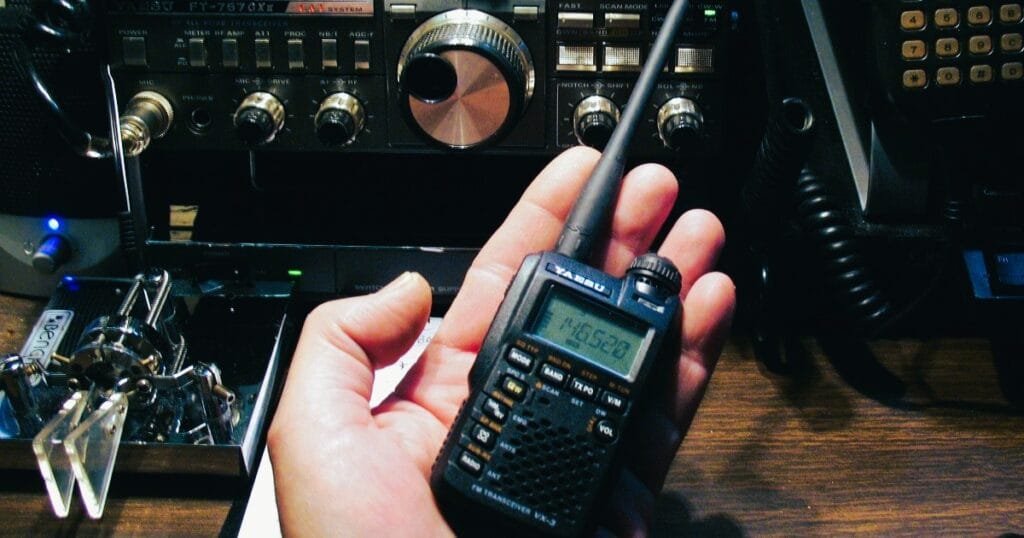Table of Contents
ToggleSelecting the Perfect Coaxial Cable for Your Ham Radio Setup: A Practical Guide
You have your ham radio, ready to get on the air…the only thing you need now is coaxial cable (coax). Selecting the right coax for your ham radio installation can seem like a minor detail. But it is not just about choosing the first cable that you see. The right coax can be the determining factor to your success in ham radio operation. It increases signal strength and improves signal clarity while minimizing the loss of signals.
But where should you start? The right coaxial cable must be selected based on length, gauge thickness, shielding percentage, frequency compatibility including weather resistance and even the type of connectors. Today we will be covering everything you need to know about buying the best amount of coax for your ham radio setup.
Why Coaxial Cable Matters in Your Ham Radio Setup
To start with, who cares about coax anyway? To offer a stable and reliable connection between your radio system as well as the antenna, you need to have the coaxial cable. The co ax takes the sign from your radio machine to the antenna. 85Here it suffers the least interference and translates into external reality. If your coaxial cable is not quick enough, then something could be lost in the signal to result in less range and a far worse picture. Yelling into a megaphone with sock down the tube. This is what happens when you cheapen out and it’s still pretty freaking fast but compared to a high-end machine?
A well-matched coax cable guarantees efficient broadcasting of your radio system. It ensures clear signals over the air. Neglecting this component may result in your ham radio becoming a glorified paperweight. Even the greatest radio can become unusable.
Consider the Length: Shorter is Often Better
The length of a coax cable is one of the most important factors when picking it out. The longer your cable, the more likely that you will have signal loss! As much a basic fact of existence as the last cookie being consumed at once. When the call takes a long time to travel through the cable, signal attenuation occurs and means as well that in longer runs there is more loss of strength.
If you have to run coax long distances, ask for low-loss cable. Cables like the LMR-400 and RG-213 are well-known for their low attenuation rates over extended distances. If your arrangement requires shorter runs, you have more options, and an RG-8X will serve. In fact, shorter cables eliminate the need for pricey, high-performance coax, but always budget for a little additional length—better too long than too short!
In every ham radio review, coax length is a frequently discussed topic. Both professional and user-generated reviews recommend keeping it to a minimum. If you wait too long, you risk losing a large amount of your signal strength, which will have a negative impact on performance.
The Thickness Factor: Size Really Does Matter

Coaxial cables are available in a variety of thicknesses, and performance is greatly influenced by size. Thicker cables often have less loss, which is beneficial for your signal. However, before you start fantasizing about utilizing a coax the size of a garden hose, keep in mind that thicker cables are more difficult to work with and typically more expensive.
RG-8X is an excellent compromise for most ham radio systems, balancing size, ease of handling, and performance. It is thicker than the more common RG-58, but thinner than some of the higher-end coaxial cables. RG-8X has modest loss over acceptable distances, making it an excellent compromise for most amateur radio operators.
On the other hand, LMR-400 is a popular choice among professional operators who value performance, particularly for extended missions. Its thicker construction leads to improved signal retention, but it is more stiff and tougher to route. For most people, the noticeable boost in performance much surpasses any minor annoyance it may create.
Finally, in terms of ham radio review, the thickness of the cable has a significant impact on how effectively messages are conveyed. If you want the best signal quality, invest with thicker coax, but think about how much flexibility you’re ready to compromise during installation.
Frequency Compatibility: Matching Your Ham Radio’s Needs
Your coax should match the frequency range of your radio. In this regard, coaxial cables differ greatly in quality and construction quality. To achieve optimal signal transmission at higher frequencies, wires must be properly shielded and have reduced loss.
If you are at the VHF (Very High Frequency) or UHF(Ultra High frequency baud rate), please use high-frequency cable like LMR-400. While RG-213 or RG-8X types of cable will work for some HF (High Frequency) rate operations, when you’re passing higher frequency signals along your patchy radio line RF design calls a lot more from the coaxial cables.
In a ham radio examination of high-frequency settings, several operators discovered that utilizing a mismatched connection with higher frequencies causes considerable signal loss, interference, or poor performance. When it comes to coax frequency compatibility, don’t cut corners—ensuring that your cable matches the frequencies you want to use can considerably improve the effectiveness of your radio.
Do you want to operate in VHF or UHF? Click here to help determine which one is right for you. The ham radio frequency chart will also help you to identify what the different frequencies are.
The Shielding Factor: Keeping Interference Out

Shielding is what shields your signal from external interference. Consider shielding to be the armor that protects your coax. Poor shielding is analogous to having an open window during a storm—you’ll get a lot of interference. Coax cables often include one or more layers of a braided or foil shield that prevents unwanted signals from entering.
The kind of shielding might vary greatly amongst cables. Some simple coaxial cables include single-layer shielding, which is sufficient in situations with low electronic noise. However, in regions with significant amounts of interference, such as near power lines, electrical equipment, or other transmitters, you should use double- or even quad-shielded coax.
Double or quad shielding is crucial for decreasing signal interference. This is especially true in metropolitan or heavily populated locations. The more your coax resists external noise, the clearer and more dependable your broadcasts will be. Nobody wants their ham radio to pick up stray signals from their neighbor’s baby monitor!
Weather Resistance: Protecting Your Coaxial Cable
Going to run your coax outdoors? So you have to take weather resistance into consideration as well. Outdoor coaxial cables are exposed to UV radiation, rainfalls, snow coverage etc., which can make the material slowly degrade over time. If your coax is not properly weatherized, it can suffer from signal degradation leading to more loss and potential performance issues.
Look for UV-resistant jackets on your coax wires to guarantee it can withstand the outdoors. These jackets shield the inside components from the damaging effects of sunlight, avoiding cracking, brittleness, and loss of signal integrity. In very severe regions, you might also want to route your coax via protective conduit or bury it underground.
In a ham radio assessment focused on outdoor settings, coax cables with improved weather resistance consistently perform better over time. Even with regular maintenance, typical indoor cables are prone to wear and tear when used outside, so investing in weather-resistant cables from the beginning can save you both time and money.
Connectors Count Too: This Small But Critical Component

Even the greatest coax won’t work well if the connections are of low quality or incorrectly connected. This is a frequently ignored aspect in ham radio review discussions, yet it may make or break your setup.
Most ham radio installations will require high-quality connections, such as PL-259 or N-type connectors, depending on your equipment. The PL-259 connector is commonly used in amateur radio and provides a reliable connection in most situations. N-type connectors are generally used for higher-frequency installations because they provide a more stable connection and can handle greater power levels.
Inconsistent connections, deteriorating signal quality, and sometimes even damage to the radio equipment might result from improperly placed connectors. When installing connectors to your cable, make sure they are tight, secure, and well soldered. Loose connectors can cause sporadic connections or even complete signal loss.
In the realm of ham radio reviews, many operators find that paying close attention to the quality of their connectors enhances the performance and longevity of their coaxial cable.
Balancing Cost and Performance: Practicality vs. Perfection
One of the most difficult aspects of selecting the ideal coax for your ham radio system is combining cost and performance. There’s no use in overpaying on a cable built for professional purposes if your requirements are small, but it’s also risky to go too cheap and face the repercussions of poor signal quality.
According to numerous ham radio evaluations, most amateur operators do not require high-end coax for everyday use. Instead, seek for coaxial cables that offer low loss, adequate shielding, and frequency compatibility at a reasonable price. For most amateurs, a middle-ground option such as RG-8X or LMR-240 provides a perfect blend of performance and cost-effectiveness.
Haven’t set up your base station or feeling confused about which components to use and when? Check here for step-by-step instructions.
Final Thoughts: Elevate Your Setup with the Right Coax
Choosing the correct cable for your ham radio system is critical for achieving optimal performance. It’s not enough to have a working connection; you also need to optimize every component of signal transmission to ensure clarity, strength, and consistency. Every aspect of your coaxial cable, from length to thickness, frequency compatibility to shielding, weather resistance to connections, is critical.
When assessing your ham radio setup, constantly think about how each component, particularly the coax, adds to the overall signal quality. With the proper coax, your ham radio can transmit powerful, clear signals, allowing you to converse further and more efficiently.
So, the next time you’re doing a ham radio review, be sure to give the humble coax the respect it deserves!


